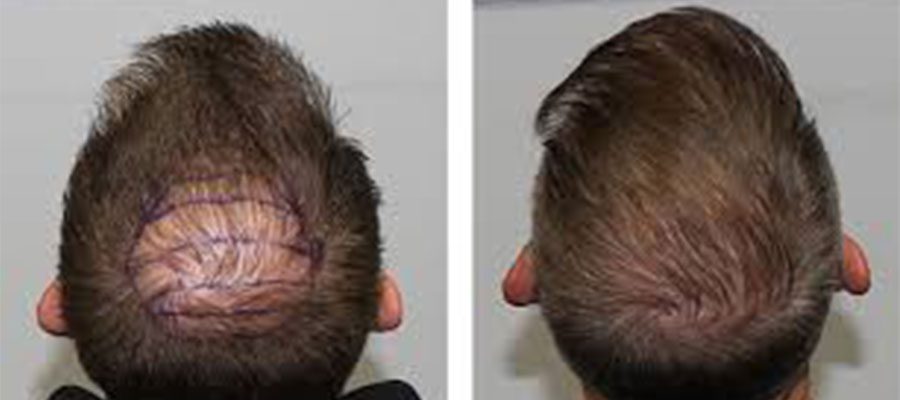After hair transplant, it is very important that you do not take any impact in the planting area. Head Trauma after Hair Transplant is the most important issue. Give maximum attention to this issue. Any pressure that will be applied to hair follicles that are trying to get used to their new transplanted places can damage this area and prevent the growth of roots. If it is to be taken out, the transplanted area should be protected with a hat that is not too tight. The most sensitive period after hair transplant is the first 10 days. During these 10 days, it is the patient’s duty to protect the grafts from anything that will displace or harm them on the spot. During this period, newly planted hair follicles should not be put under pressure from the inside or outside. Because the grafts are still standing in an almost free position in the new places where they have been placed. At the same time, they can also be affected by external factors while waiting for the cell to cling to all kinds of deformation. Therefore, during this sensitive period, it is necessary to protect newly planted grafts from blows that can cause severe pressure.
Table of Contents
Can you ruin a hair transplant?
Yes, you certainly can. For the first two weeks after your procedure, you must be extremely cautious with your implanted hair, as the transplants will not be stable. To avoid scars, you may be advised to limit your activity for the first weeks. Any bandage can normally be taken after 2 to 5 days, but the transplants really shouldn’t be touched. Your head may become contaminated if you touch it, and especially if your hands aren’t hygienic, which is one of the worst scenarios for hair transplants. If you get an infection, you’re more likely to develop scarring, which might affect your outcomes and produce uneven growth across the wounds.
What to do if you hit your head after hair transplant?
A blow to the head after hair transplantation directly affects the grafts and can cause them to move or even transplanted. The transplanted hair follicles are alive during the transplant and when they settle into new channels. But if living cells can hold on to the channels, they can maintain their Vitality. A blow to the head and a severe concussion can prevent this clinging. In this case, death is inevitable for the living root. If it is from a dead root, hair grow can certainly not be expected. After hair transplantation, most of the blows to the head occur on the first day. On the day of the surgery, patients are extremely tired. The day before the operation, sleep problems may occur and fatigue may occur due to the effect of local anesthesia. After the hair transplantation process is over, the patient is sent home, as there is no need to wait in the hospital. The patient, who goes home with his own vehicle or public transportation vehicles, hits his head while getting on or off the car. The blow to the head is not limited to vehicles only. The number of people who get hit on the head during any sport or various activities is quite high.
Will it damage hair transplant if you have head trauma?
After hair transplant, there are rashes and crusts on the head for up to a week. The reason for this is that the body sends more blood to this area to ensure healing and tries to speed up healing. Then a sudden loss occurs in the hair that is present and has come out until the wounds heal. After a while, the hair begins to grow again. But for each graft, hair removal, the lengthening time can be different. Therefore, it takes 6 months for the hair to come out of all planted roots. The consequences of a blow to the head cannot be noticed until this cycle is complete. It will not be possible to detect damaged grafts until a full recovery is achieved and the product is fully visible. So when you get hit in the head, you can’t see if it affects the success rate of your hair transplant operation. You will need to be patient for at least 5-6 months to see the results of this coup.
References:
https://parsamohebi.com/head-trauma-after-hair-transplant/
https://www.ncbi.nlm.nih.gov/pmc/articles/PMC6371733/

